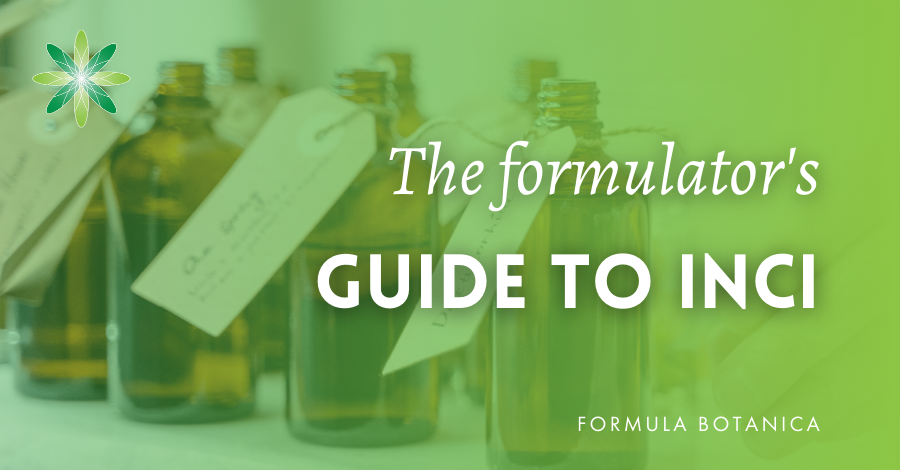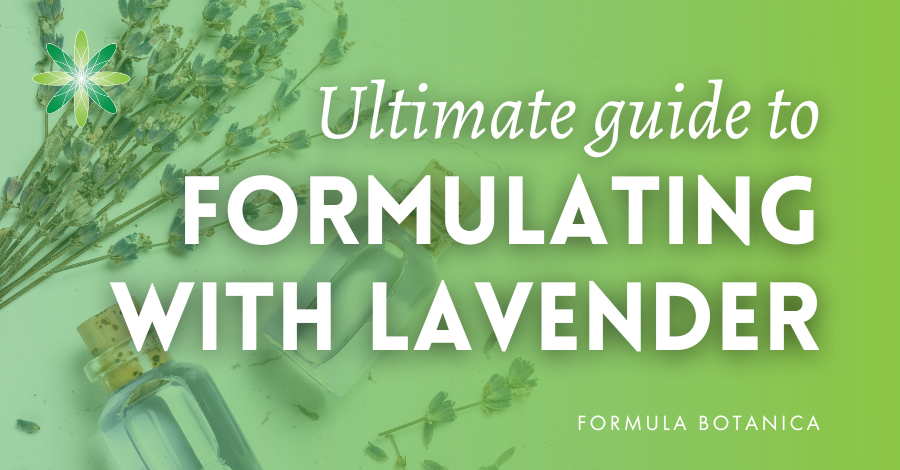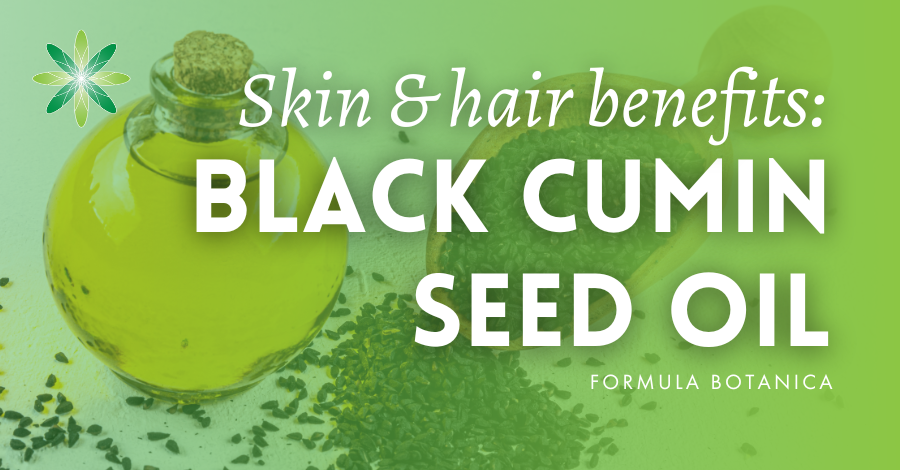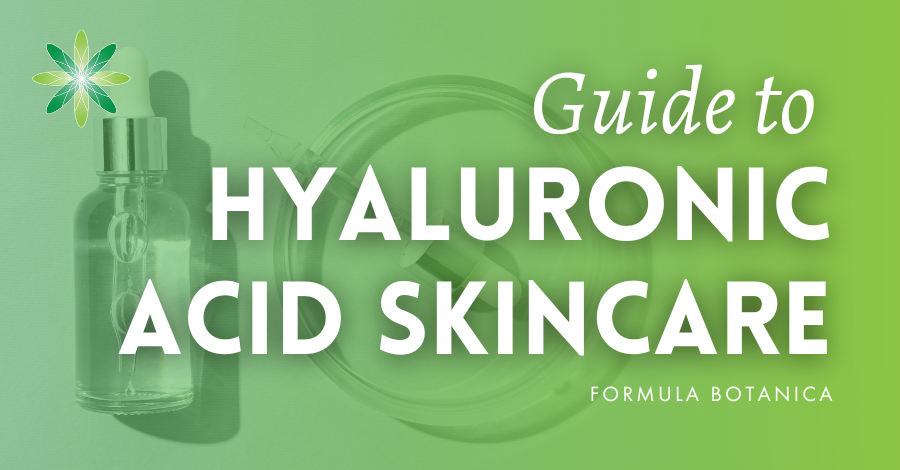If you have ever cooked beetroot, pitted cherries or spilled turmeric spice on your hands, you will have come across the vibrant world of plant pigments. Our article on 38 natural colourants for organic skincare celebrates a rainbow of colours extracted from berries like acai and elder to roots like carrot and iris as well as from seed oils like sea buckthorn.
At Formula Botanica, we encourage our students to work with the natural colours of botanical ingredients rather than aim for ubiquitous white skincare products. But, while the list of botanical colourants may be long, there are far fewer plant pigments that are not only safe and regulated for cosmetic use, but also perform to consumer expectations in makeup.
For example, many of the 38 plants we listed before, give green, blue or purple dyes that would not be of much use in cosmetics like lipsticks. A handful also contain certain chemical components that make them unsafe for use in facial makeup.
Can you formulate makeup with plant pigments?
As you can see, the safe use of plant pigments in cosmetics is a vast and complex topic and it is one we have been navigating for the past six years at Formula Botanica. We’ve been working on R&D with natural pigments since 2016 and after many trials and experiments, we can firmly say yes, you can formulate colour cosmetics with plant pigments.
In fact, we have formulated a first in the form of all-botanical coloured lipsticks – no minerals included either – that perform giving the right balance of staying power and removability, and also moisturise the lips with gorgeous botanical oils, butters and waxes.
Mini Course: Formulating makeup with plant pigments
We offer this breakthrough course in our membership site, The Lab at Formula Botanica. Register now to be first to hear when The Lab next opens for membership. You will gain access to the Natural Lipstick Lab and over 20 other mini courses in organic formulation, natural ingredients and beauty entrepreneurship.
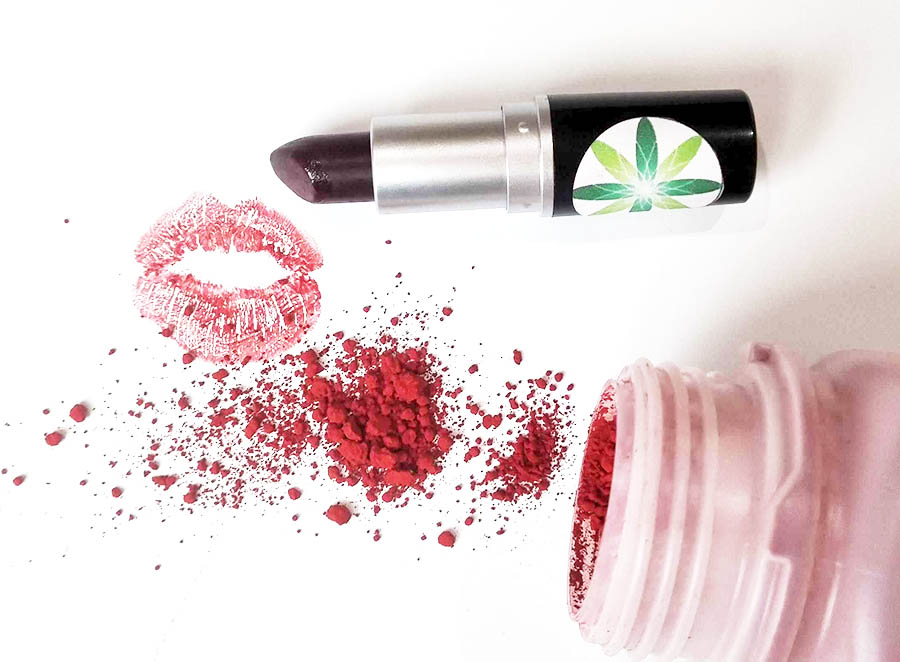
We are excited therefore to share in this guide the essentials for your own journey into working with plant pigments in colour cosmetics.
Let’s dive into the colourful world of plant pigments; their pros and cons, how to work with them and the regulatory aspects of using them.
What are plant pigments?
Colourants obtained from plants are created by chemical groups such as anthocyanins which give flowers, leaves and fruits their characteristic colours. Anthocyanins are natural antioxidants that are found in red, purple, and blue coloured fruits, vegetables or flowers.
You will have seen anthocyanins in action colouring glycerites and infused oils in which plant material has been macerated.
These pigments are actually water-soluble dyes. These dyes have been in use for millennia; think of blue woad and orange-red henna used as skin paints in ancient times. They and other plant dyes were used also to colour textiles, leather, materials, paper and ink. There has been quite a revival of using plant dyes to replace synthetic colourants in artisan industries such as leather wear and handcrafted paper making.
How do plant pigments work in makeup?
Colour cosmetics need to have sufficient staying power and yet be able to be removed easily when the wearer desires. Clearly, having a botanical lipstick stain your lips for three days is not desirable, nor is the need to reapply it every half an hour.
The challenge facing the natural formulator is that of creating a foundation formulation in which the plant pigment can function in the middle ground, offering performance without the permanence that is needed in cloth or paper dyeing for instance. Our skin does not have the porosity of paper or cloth and so in theory, a plant pigment could wash off as it is water soluble.
The water solubility of plant pigments could create another challenge too. In lipsticks and lip balms, for instance, we are dispersing hydrophilic plant pigments in oil bases. This is however possible thanks to the way commercially-sourced botanical pigments, intended for use as cosmetic ingredients, are treated. This is one reason we recommend you buy only cosmetic plant pigments and not those manufactured for the food industry. We cover more on this in our note about regulatory issues below.
Types of pigments used in cosmetics
It is important to know where plant pigments sit in the list of colorants used in the commercial cosmetics. If you search for natural, or all-natural make-up online, be aware that those you come across are likely to include mineral extracts and may also contain animal-derived and nature-identical ingredients. As a natural formulator, you will need to make decisions about your formulating ethos and what you understand by ‘natural’. For some help, listen to our podcast: What does natural skincare mean?; in it, we discuss four shades of interpreting natural.
To avoid mica minerals and pigments like carmine, a red cosmetic dye obtained from certain types of powdered insects, it is helpful to know where colourants common in cosmetics come from. We have a podcast looking at the issues of sustainable mica mining which gives you a good insight into the problems of sourcing this natural ingredient ethically.
Working purely with plant pigments as colorants is a challenging route to take but a rewarding subset of natural makeup to explore. Below is a brief comparison of botanical pigments and micas.
| Plant Pigments | Micas |
|---|---|
| Obtained from natural sources | Obtained from mineral sources |
| Can be milled & mixed | Fragile & don't require strong mixing |
| Matt only | Can be matt or sparkly |
| Need the addition of an opacifier | Cling to the skin so also works as an opacifier |
| Soluble in water and dispersible in oils | Dispersible in oils |
| Can be light sensitive | Can be coated with metal oxides |
Challenges of sourcing plant pigments for makeup
Food vs cosmetic colouring
While the food industry has a panoply of colourants available to it, we must not be tempted to use food colourings in cosmetic formulation. The food industry does not follow the same regulations as those required by the cosmetic industry in most jurisdictions. Cosmetic ingredients follow the INCI system (International Nomenclature of Cosmetic Ingredients) which is the standard by which cosmetic ingredients are named and categorised. It is regulated by the Personal Care Products Council (PCPC).
If a natural colourant is aimed specifically at the food industry, it will be challenging to obtain an accurate INCI for it, and so it cannot be used as a cosmetic ingredient – at least not one heading for the commercial market. It is really important to research a botanical pigment before you include it in your formulations. Also, be aware that cosmetic regulations and requirements vary across the world.
By buying plant pigments from reputable cosmetic suppliers, you will know you are getting safe colourants designed specifically for cosmetic applications.
Colourants masquerading as other ingredients
We have seen examples of botanical colourants being listed in INCI for an alternative primary function in the formulation. Earlier, we said that many plant pigments are anthocyanins, which act as antioxidants to protect plants from harmful UV rays for example. Some ingredient suppliers sell plant pigments primarily as antioxidants simply because they are not listed in cosmetic regulations as colourants.
Retail vs industrial volumes
Another challenge in sourcing plant pigments is their availability and the minimum order quantities (MOQs) they may come in. We suggest some retailers below, but if you find colourant manufacturers online, they may deal only in huge quantities and prefer to supply large cosmetic firms.
The limited colour palette of plant pigments
The range of colours available in botanical pigment form for use in cosmetics is somewhat limited, and it takes skill to mix the colours to expand your range. You are also limited by the number of cosmetic ingredient retailers offering plant pigments, but don’t forget to search for colour in other ingredient types such as antioxidants ingredients when doing your research.
Smell, taste and look and feel issues
Some plant pigments have a distinct odour and taste to them. You will need to test them first and then create formulations with ingredients that can offset and minimise any unpleasantness of the pigments. The sensory feel of a cosmetic plays a large role in how it is received by consumers. Juggling these aspects is one of the fun, if more challenging roles of life as a natural formulator.
Plant pigments will always be matte in look and effect so by using them alone in a formulation you will not be able to replicate the shimmer and gloss of makeup using synthetic, mineral and/or mica ingredients. You will need to be creative in your choice of oils, butter and waxes and ingredients like botanical opacifiers like rice powder to create a desired gloss or shine, as well as slip and sensorial experience.
Can you use your own dried plants as pigments?
No, we don’t recommend using your own plant pigments for the safety and INCI issues we mentioned earlier. A glycerite or maceration you have made could be used for a different function in a cosmetic formulation and also provide colour.
However, once again, if you are to create cosmetics to place on the market, those homemade glycerites and macerations would require analysis and their own documentation such as safety data sheets (SDS) and certificates of analysis (COA). Getting these tests done can prove expensive. See our guides on glycerites and herbs for maceration for more information.
 Preparing and choosing your plant pigments
Preparing and choosing your plant pigments
Cosmetic plant pigments are coated in a way to enhance their use in formulations. Their particle size may even out-perform those of some synthetic colourants which may need milling first. With the plant pigments we suggest below, you can use them straight from the packet, without need to process them first. This is a distinct advantage of these plant pigments for the natural formulator.
In deciding on your chosen plant pigment for a colour cosmetic formulation, you need to think through these criteria in addition to the safety and sourcing issues above:
- Natural colours – they need to be in on-trend colours and satisfy both our and our customers’ needs as natural and sustainably-sourced and -derived ingredients.
- Soluble in water – this is a requirement for certain types of cosmetics such as some cream eye shadows and blushers.
- Dispersible in oil – this is needed for lipsticks, lip balms, certain eye makeups forms and so on.
- Temperature stable – colour cosmetics need to be stable in a wide temperature and climatic range.
- Homogenous colour – makeup needs to be applied smoothly, evenly and without blotching or exaggerating the skin’s fine lines.
5 plant pigments every formulator should try
So, having gone over challenges of working with plant pigments, which colourants are ideal for the natural formulator to experiment with? We think this capsule range should give you plenty to try out.
As you work with them, you will build up the expertise to combine some to create a wider palette of makeup colourants.
Use singly
Beetroot
Beta vulgaris rubra, commonly known as red beetroot, is one of the few vegetables that contain a group of highly bio-active pigments known as betalains.
Red radish and purple sweet potato
Both these root vegetables contain anthocyanins that are natural antioxidants found in red, purple and blue fruits, vegetables or flowers. Anthocyanins not only give the vibrant colour pigments but as members of the flavonoid group of phytochemicals, they are also important natural antioxidants.
Use in combinations
Curcumin
Curcuma longa commonly known as turmeric, is a spice with a strong yellow colour. While not ideal to use alone in most cosmetics, it is useful to mix with more typical red pigments to create different shades of lipstick.
Spirulina
Spirulina platensis is a blue-green algae belonging to the class cyanobacterium. While blue would not be a usual colour for a lipstick, it can be useful in eye shadows and to mix with and adjust other plant pigments.
Take your passion for colour pigments further
We hope this article has opened up the exciting if challenging world of botanical pigments for makeup. Researching and trialling them to create the Formula Botanica lipstick formulations has opened our eyes to an untapped part of the cosmetics’ market. If you wish to explore a truly innovative area of natural formulation, then plant pigments may just be the route to take.
Mini Lab: Formulating Natural Lipsticks with Plant Pigments
We are running a Natural Lipstick Mini Lab in our members-only site The Lab at Formula Botanica. The Lab is open for membership now until 15th March, 2022. Register now to gain access to the Natural Lipstick Lab and over 20 other mini courses in organic formulation, natural ingredients and beauty entrepreneurship.
Suggested suppliers
Aroma Zone (EU) – a good range of natural cosmetic powder colourants.
Leave us a comment

Rouah was a member of the Formula Botanica team between 2020-2022. Rouah is a cosmetic chemist with many years’ experience as a formulator, product and project manager and scientific advisor in the cosmetic industry. Passionate about understanding the science behind raw ingredients, Rouah also has a deep interest in wellbeing, sustainable action, and social influence.

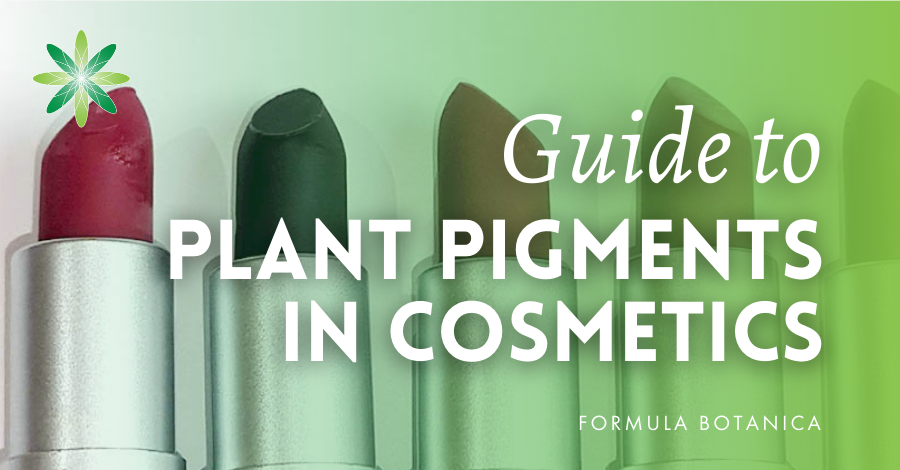
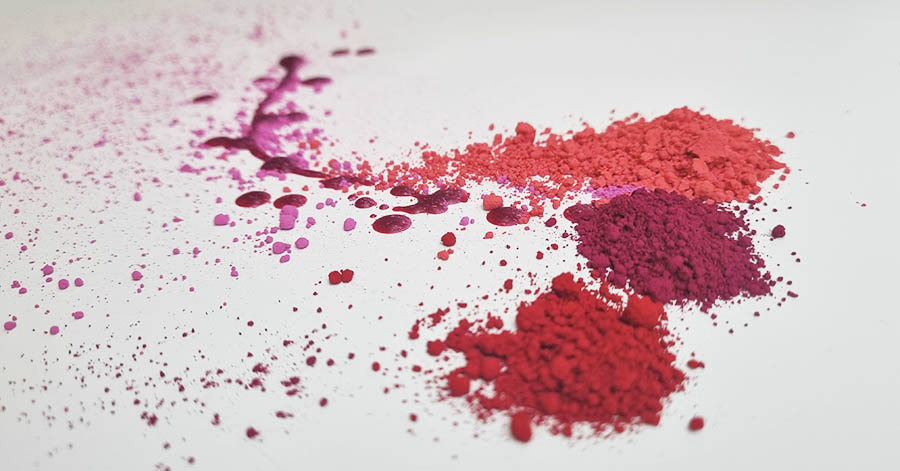
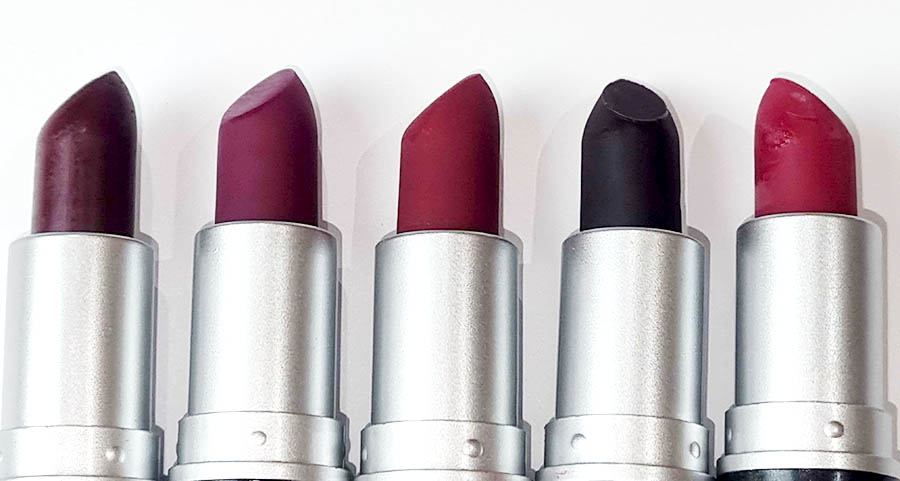
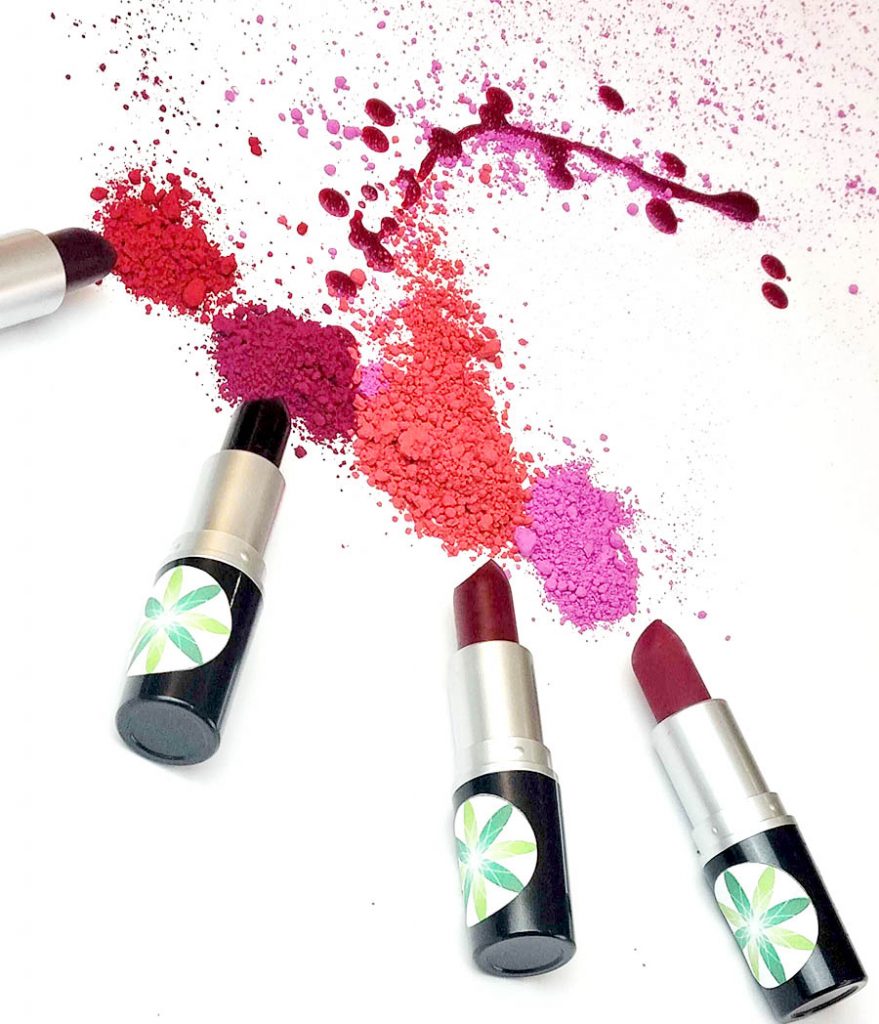 Preparing and choosing your plant pigments
Preparing and choosing your plant pigments